While Americans typically commemorate Black achievements and historical challenges during Black History Month in February, African Americans have made contributions that can be celebrated in destinations across the country year-round.
Okmulgee, Oklahoma, for example, is a city about 40 minutes south of Tulsa that boasts the Okmulgee Invitational Rodeo, the nation’s oldest continuously held Black rodeo. Atlanta is home to the Black Music and Entertainment Walk of Fame, which honors musicians such as James Brown, Stevie Wonder, Beyoncé and Shirley Caesar. And in Shelbyville, Tennessee, which sits about an hour southeast of Nashville, you’ll find the award-winning Nearest Green Distillery, a premium distillery that honors the enslaved man who taught Jack Daniels how to make whiskey.
But these are not the only history-filled places you can visit to learn more about the achievements of African Americans — there are dozens just like them across the U.S.
The following seven destinations, in particular, are some of our favorite places that celebrate Black history year-round. Here’s why these locales stand out from the rest — and everything you need to know about their noteworthy attractions, accommodations and cuisines.
The Carolina Core, North Carolina
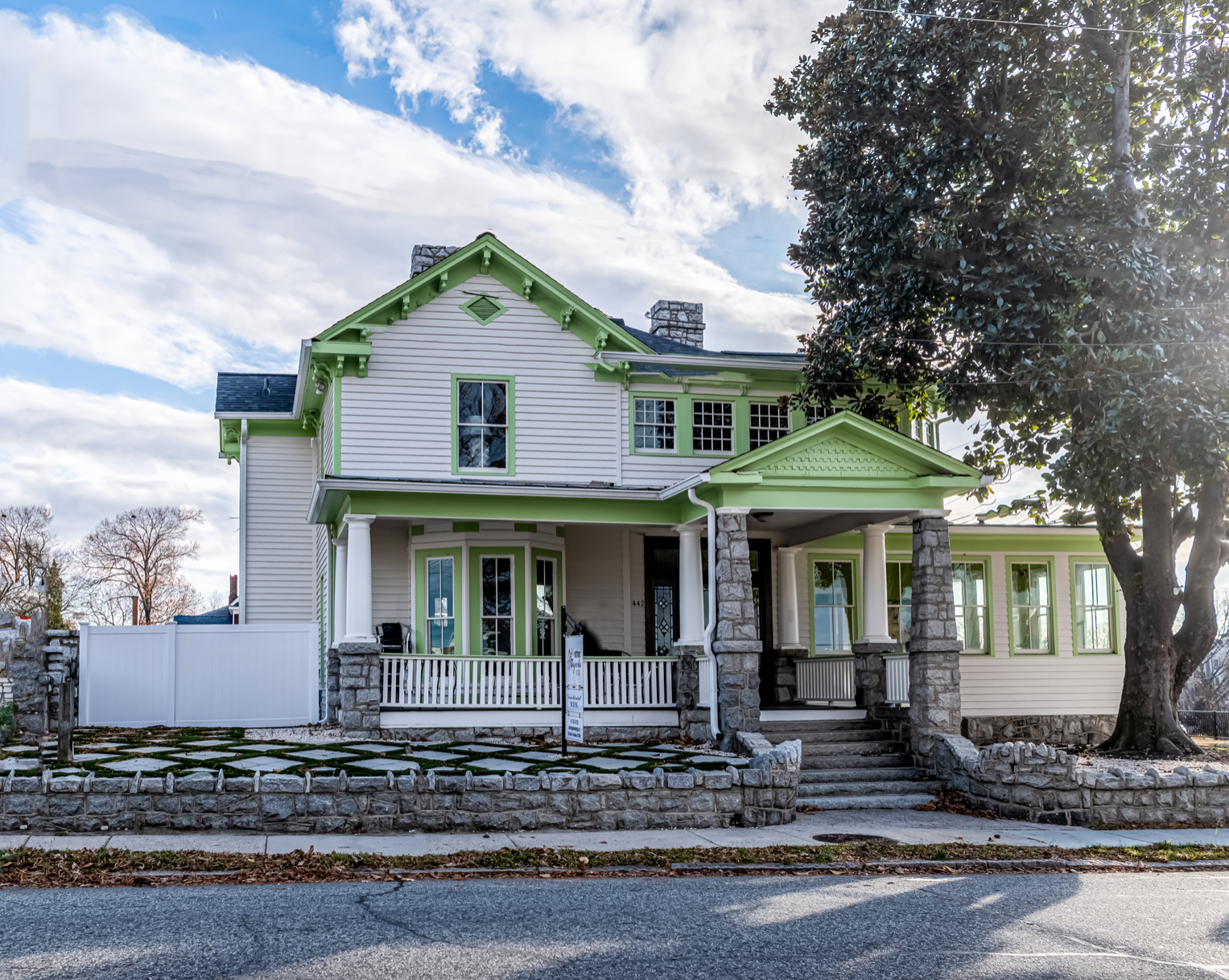
Slavery has been part of North Carolina’s history since the late 1600s when the state’s first enslaved people began arriving from the West Indies, the surrounding Colonies and Africa. The North Carolina economy relied on their skills in carpentry, masonry, construction and sailing for its growth and success.
After slavery ended, many African Americans remained in the state, leading to the growth of the region known as the Carolina Core, a central stretch of North Carolina that spans more than 120 miles from Fayetteville to Winston-Salem. While many cities and towns make up this part of the state, three spots are especially significant regarding Black history: Greensboro, High Point and Winston-Salem.
What to do
In Greensboro, visitors can learn about the civil rights movement’s famous Woolworth’s lunch counter sit-in at the International Civil Rights Center & Museum, which occupies the former Woolworth building. About 20 minutes southwest on the way to High Point, travelers can check out Mendenhall Homeplace, a historic Quaker home where one of the country’s last surviving false-bottom wagons — used to transport slaves to freedom via the Underground Railroad — is on display. High Point is also where you can get a taste of incredible jazz and blues music — genres started by African Americans in the late 19th and early 20th centuries — every September at the John Coltrane International Jazz & Blues Festival. Farther west, in Winston-Salem, you can visit the Old Salem Museums & Gardens, a historic site that grows produce to help combat food insecurity and has exhibits exploring the stories of Moravian, Black and Indigenous peoples. Try to time your Winston-Salem visit for early August to catch the National Black Theatre Festival, which features 130-plus performances.
Where to stay
Greensboro’s Historic Magnolia House was one of only four Green Book sites in North Carolina and served as a safe retreat for some of the nation’s most well-known African Americans during the Jim Crow era of segregation. Today, visitors can still stay at the historic property, which once welcomed famous figures like Ray Charles, Jackie Robinson, James Baldwin and Ike and Tina Turner. Owner Natalie Miller has restored the house to serve as a modernized replica of its heyday during the civil rights movement era. There are four second-floor guest rooms, a concierge lounge and an on-site restaurant featuring the hotel’s signature Sunday brunch and “shoebox lunches,” a throwback to the packed meals Black travelers would take with them on the road.
Additional places to stay include downtown Winston-Salem’s Historic Brookstown Inn, Trademark Collection by Wyndham, which first opened as a cotton mill in 1837, and Grandover Resort & Spa, a property about halfway between downtown Greensboro and High Point that offers 36 holes of championship golf, a spa, tennis courts and an art gallery, among other amenities.
What to eat and drink
Dame’s Chicken & Waffle, founded by Dame Moore and Randy Wadsworth, is a Greensboro establishment known for its “almost world-famous” chicken and waffles, which you can get the classic way or flavored with ingredients such as sweet potatoes or blueberries.
Carolina’s Vineyards and Hops in Winston-Salem is the place to learn about North Carolina products while sampling locally made beers, wines, cheeses and more. Winston-Salem can also satisfy your sweet tooth thanks to Ta’Nisha Monique Cupcakes, where cupcake flavors include sweet potato, banana pudding and pineapple coconut.
Related: 4 road trips you can take from Charlotte, North Carolina
Cincinnati
Slaves who escaped the South and were caught in this free city were often sent back to the plantations they came from. However, Cincinnati also offered some respite for enslaved African Americans. After all, it was a stop on the Underground Railroad, and many slaves who sought freedom in the North found themselves passing through.
What to do
Explore the National Underground Railroad Freedom Center, a downtown museum that sits on the banks of the Ohio River and features exhibits about everything from the Underground Railroad to modern-day challenges like implicit bias and human trafficking. In the summer of 2022, Cincinnati debuted the Black Music Walk of Fame, which showcases the city’s roots in funk and soul music by honoring influential Black musicians from southwest Ohio. The walkway starts at the entrance of The Andrew J. Brady Music Center and ends at Paul Brown Stadium.
Don’t forget to venture across the Ohio River to Covington, Kentucky, to take The Covington Black History Tour, which features 18 places that highlight the history and accomplishments of African Americans on a self-guided route. One can’t-miss landmark on the tour is a statue of James Bradley, a former slave who worked his way to freedom and broke racial barriers in the world of education.
Where to stay
For lodging, reserve a room at Six Acres Bed and Breakfast, a former safe house that was part of the Underground Railroad. Founded by Kristin Kitchen, the 10-room property was refurbished with the intent of staying true to its original use as a haven for weary travelers in search of food and shelter. Or, bed down at The Lytle Park Hotel, Autograph Collection, which sits in Cincinnati’s central Lytle Park Historic District in a building constructed in 1909.
What to eat and drink
At K&J Seafood Co., gumbo, shrimp and grits, Cajun-style boiled eggs and po’boy sandwiches are on the menu. Esoteric Brewing Company, founded by African-American brewer Brian Jackson, is another must-visit spot, as it’s where you can get a taste of craft beers that use pure ingredients sourced locally and grown organically. Pair your beer with food from the brewery’s next-door neighbor, Decibel Korean Fried Chicken.
Louisville, Kentucky
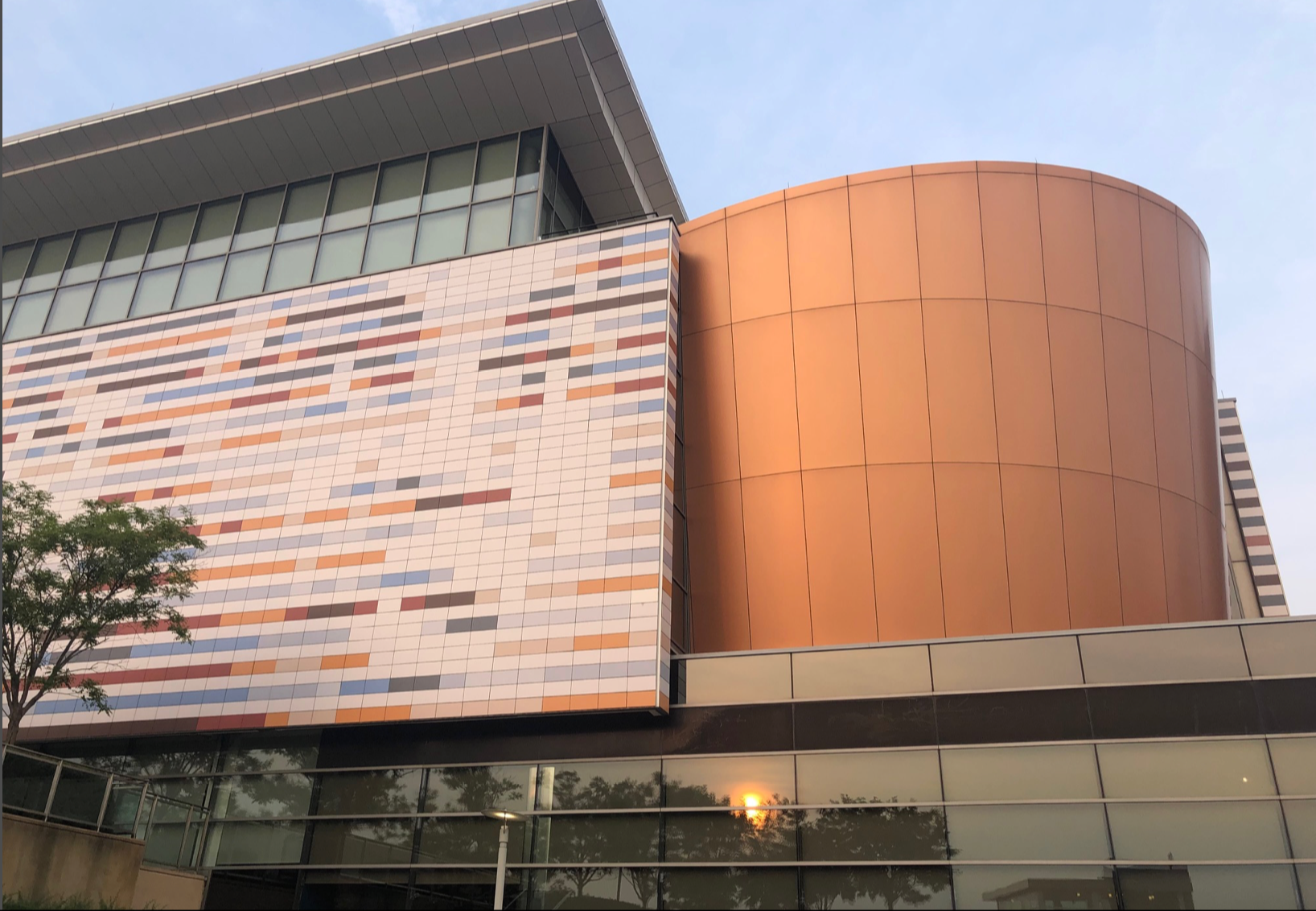
Louisville has deep ties to the African American community, as evidenced throughout the city’s history, heritage and culture. Black people have lived in Louisville since 1785, when York (an enslaved man who was on the Lewis and Clark expedition exploring Louisiana) settled in the city, according to the National Park Service. A bronze statue of York is located on the Louisville Belvedere at Fifth and Main Streets. The so-called Bourbon City also played a part in the civil rights movement as the site of numerous sit-ins, picket marches and other forms of peaceful demonstrations.
What to do
When you’re not exploring the Louisville Downtown Civil Rights Trail, you’ll find plenty of other Black history-focused attractions and activities. Check out the Unfiltered Truth Collection, a series of eight immersive experiences at Louisville institutions like the Kentucky Derby Museum, the Frazier History Museum and the Louisville Slugger Museum & Factory, which shares the stories of some of the extraordinary people who made Louisville what it is today.
Then, learn more about one of Louisville’s most famous former residents, Muhammad Ali, while visiting sites that comprise the city’s Footsteps of Greatness tour. Can’t-miss spots include the Muhammad Ali Center, which celebrates the life and legacy of the world-renowned boxer and global humanitarian, and Ali’s childhood home. Also save time to visit the Whitney M. Young, Jr. Birthplace, where the legendary figure affiliated with the civil rights movement, the NAACP and the National Urban League is celebrated. This National Historic Landmark sits about 30 minutes east of downtown Louisville in Simpsonville.
Where to stay
For accommodations within walking distance of business and leisure amenities like the Fourth Street Live! entertainment complex, Louisville Slugger Field and the Kentucky International Convention Center, stay at the all-suite Residence Inn Louisville Downtown. If a more intimate yet luxurious stay is what you’re after, consider the award-winning Bourbon Manor Bed & Breakfast in Bardstown. Although the latter is approximately 45 minutes outside the city, the historic property boasts rooms with charming details like four-poster beds and fireplaces that create a cozy ambiance.
What to eat and drink
SuperChefs, which describes itself as the place serving “the world’s best breakfast and brunch,” is the brainchild of chef Darnell Ferguson, who appears regularly on popular Food Network television shows. Diner favorites at this Deer Park eatery include caramel bourbon waffle bites, subzero blueberry pancakes and banana pudding granola-encrusted French toast. For a taste of New Orleans in Derby City, visit Germantown’s North of Bourbon, where you can choose from more than 300 varieties of bourbon and dine on innovative Southern cuisine created by chef Lawrence Weeks. Ziba’s Bistro, located inside the Logan Street Market, is another traveler favorite. Order the famous jerk chicken pasta.
Related: Louisville Airport named after ‘native son’ Muhammed Ali
Jacksonville, Florida
Jacksonville is rich with African American history that can be celebrated year-round. In this north Florida city, you’ll find Edward Waters University, the state’s oldest independent institution of higher learning and its first historically Black university. Additionally, on the coast of nearby Amelia Island lies American Beach, established during the Jim Crow era as an oceanfront resort where African Americans could enjoy recreation and relaxation without harassment. Visitors included Ray Charles, James Brown, Hank Aaron and author Zora Neale Hurston, who lived in Jacksonville for more than 10 years.
What to do
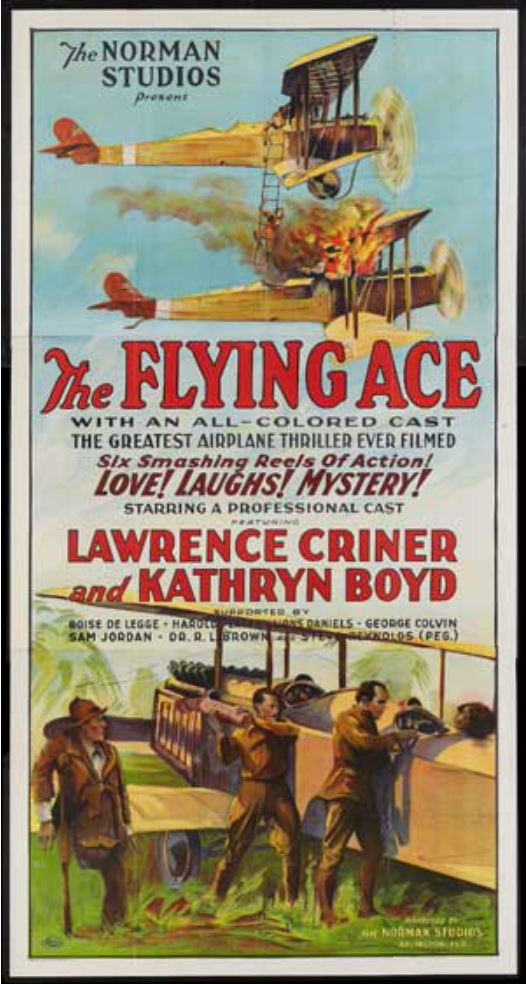
The city’s Black Heritage Trail allows you to take a self-guided tour of 21 famous historical sites, including Norman Studios, now on the National Register of Historic Places, where all-Black casts shot films free of racial stereotypes typical of the silent screen era. You’ll also want to visit the trail’s Clara White Mission, which honors Clara White and her daughter, Eartha White, for the trailblazing humanitarian and civil rights work they did in Jacksonville.
While in Jacksonville, remember to keep your eyes peeled for the murals scattered throughout downtown. Created by local Black artists, the murals tell the story of Jacksonville’s rich African-American heritage while honoring Black culture and historic Black figures. If possible, try to plan your visit during the Jacksonville Jazz Festival, which happens every May.
Where to stay
The DoubleTree by Hilton Hotel Jacksonville Riverfront offers easy access to downtown and Museum Circle, making it a great option if you plan on visiting the city’s science and history museum, plus other spots located just across the St. Johns River. The Courtyard Jacksonville Beach Oceanfront is minutes away from the Jacksonville Beach Pier and Atlantic Beach, should you find yourself craving some fun in the sun by the ocean.
What to eat and drink
If you’re looking for great soul food while in Jacksonville, you’re in luck. Sweet Mama’s Southern Homestyle Cookin offers a variety of Southern comfort classics, including chicken and waffles, ribs and fried fish paired with sides like baked beans, yams and macaroni and cheese. The city’s location by the water also makes it a terrific spot for seafood. Head to one (or more) of the restaurants linked to the Mayport Shrimp Passport to try tasty dishes like shrimp and grits, peel-and-eat shrimp and shrimp dip.
Related: Florida’s top 10 vacation regions for different types of travelers
Oakland, California
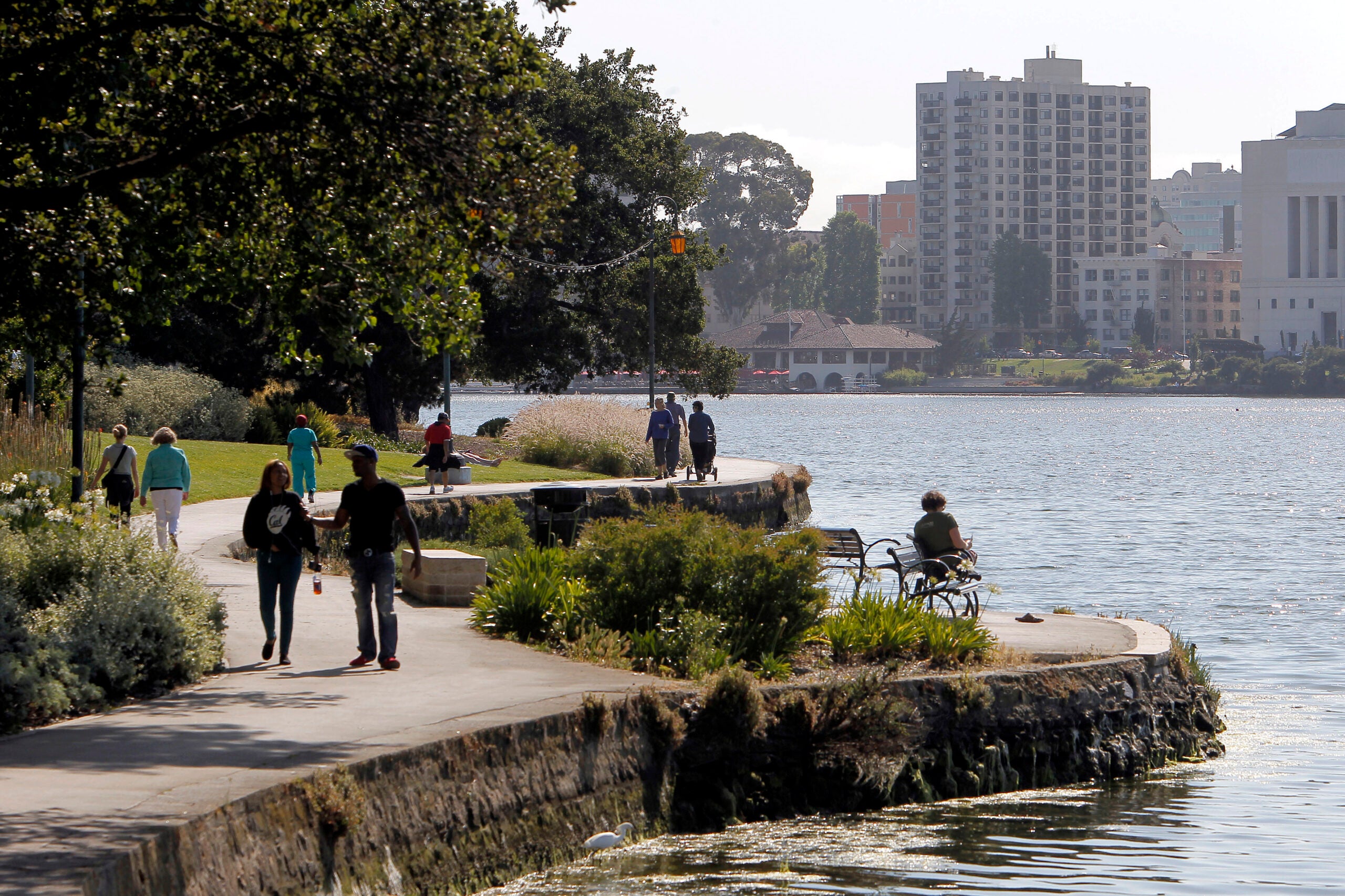
My hometown is a city shaped by America’s Great Migration. From 1910 to 1970, more than 6 million African Americans, many of whom were only one generation away from slavery, left the South to resettle in other parts of the U.S., according to the National Archives. It wasn’t until the second wave of the migration between 1940 and 1970, though, that a truly sizable number of African Americans moved to the Bay Area, a development detailed in “The Second Great Migration: A Historical Overview” by James N. Gregory.
By the 1970s, African Americans from nearly every Southern state — including Louisiana, where my mother’s family is from — found their way to Oakland. This influx of African Americans helped spark the creation of the Black Panther Party for Self-Defense by college students Bobby Seale and Huey P. Newton in 1966, paving the way toward ongoing interest in social justice movements in “The Town.”
What to do
Unsurprisingly, Oakland’s connection to the Black Panthers means it’s packed with must-see exhibits focusing on the Black Power movement. However, you’ll want to add a few other Black culture-focused activities to your itinerary, too. Visit the 1,000-square-foot Black Panther Party “minimuseum” on the first floor of a private home in West Oakland, then head to the Oakland Museum of California to see its current exhibits on the Black Power movement in the city, civil rights activist Angela Davis and Afrofuturism.
Also make sure to join a free guided tour organized by Oakland Art Murmur, if you’re in town the second Saturday of the month of your visit, to get an overview of Oakland’s art scene. Or, arrive in October to attend the Oakland Black Cowboy Parade & Heritage Festival, which features cowboys from across the country, trick riders, schools, community organizations and local businesses.
Where to stay
For a touch of luxury, consider the iconic Claremont Club & Spa, A Fairmont Hotel. Welcoming guests since 1915, the property sits on 22 acres in the hills between Oakland and Berkeley and offers everything from tennis and fitness classes to a renowned spa. Should you want a more central location, there’s Oakland Marriott City Center, which boasts fantastic views of San Francisco from many of its guest rooms.
What to eat and drink
There are some people (including me) who feel that Oakland’s food scene can go toe-to-toe with the one in San Francisco. Thanks to the country’s Great Migration, Oakland is a great spot to get barbecue. My original favorite, Flint’s, is long gone, but another stalwart is Everett and Jones BBQ, which has been open since 1973 (I always get the hot links).
If you’re vegetarian or vegan, Souley Vegan offers 100% plant-based Louisiana Creole food, including okra gumbo and croquettes made from zucchini and hearts of palm. For a sweet treat, head to Fentons Creamery — just be prepared to wait in line.
Related: Oakland road trip: 5 great day or weekend destinations to visit
Richmond, Virginia
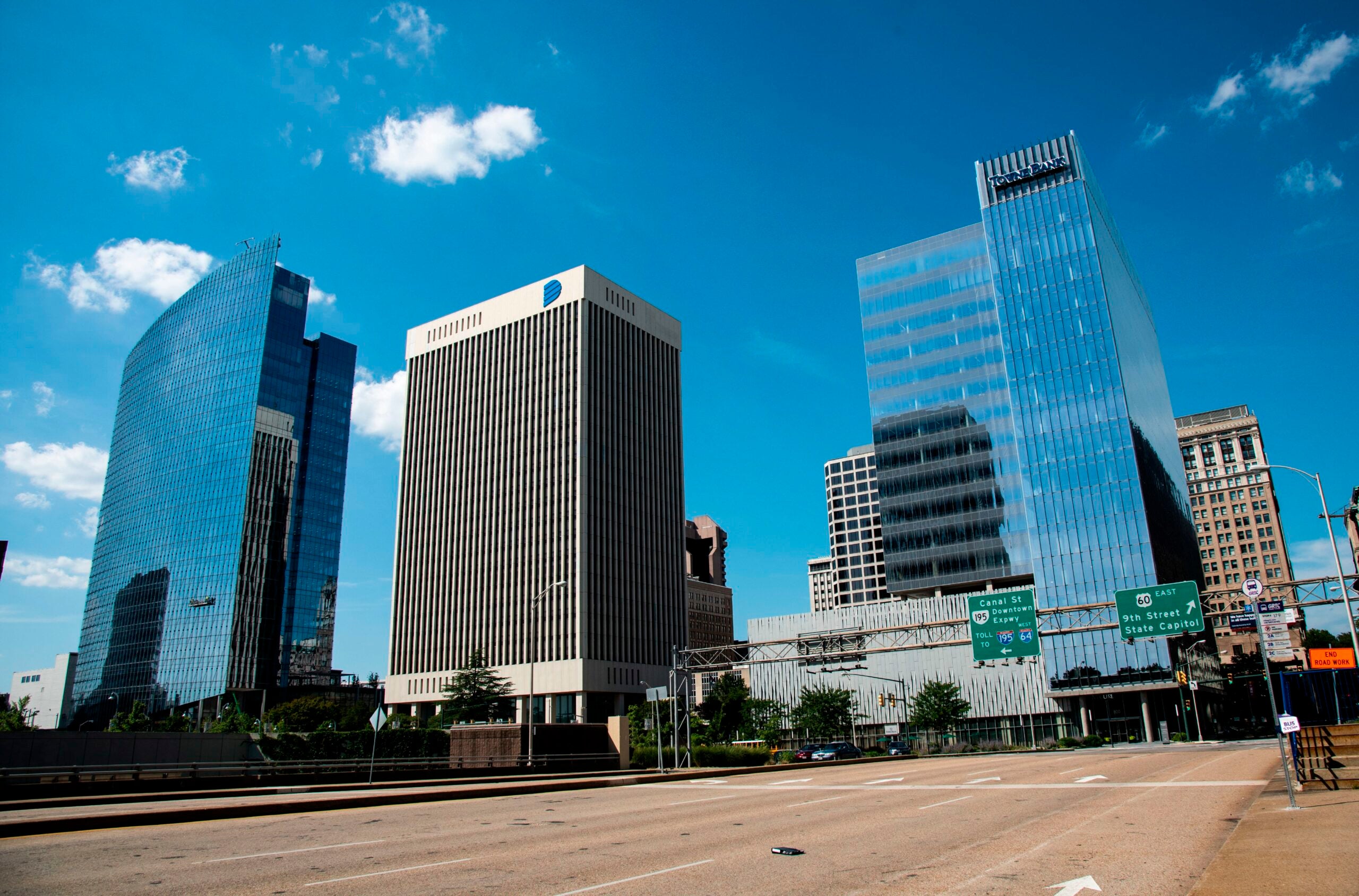
Congress abolished the international slave trade in 1808, but as many as 10,000 enslaved people were still bought and sold in Richmond every month in the 1850s, according to the James River Park System website. The city became a hub for the slave trade thanks to a transportation system that included the James River, five railroads and a network of major roads.
African American arts and culture, businesses, community and history are tightly woven into the fabric of the Piedmont region of Virginia. Black contributions to Richmond’s culture date back centuries and remain a vital part of the city today through initiatives like BLK RVA, a Richmond Region Tourism-helmed program that highlights Black culture in the Richmond area year-round.
What to do
While there are several activities and attractions that focus on Black history and culture in Richmond, a good place to get an introduction to the region’s African American community is the Black History Museum & Cultural Center of Virginia. Currently on exhibit to honor the museum’s 40th anniversary, “Forging Freedom and Justice and Equality” celebrates Black history and culture in education, the arts, the military and more. You can also take a walking tour of the Richmond Slave Trail, which covers the history of the trade of enslaved Africans to Virginia until 1775 and other locations in the Americas until 1865.
Where to stay
The historic Jefferson Hotel, which first opened in the city’s central Monroe Ward in 1895, is the region’s only Forbes Five Star and AAA Five Diamond hotel, making it the ideal place to stay if you seek a bit of old-world elegance and pampering while in town. An equally memorable (albeit less upscale) option is the Graduate Hotel Richmond, which sits close to the Virginia Commonwealth University campus. It pays homage to iconic local tennis player Arthur Ashe, who is celebrated in every nook and cranny, right down to the chandelier featuring his bespoke aviator glasses.
What to eat and drink
If you have at least two days to spend in Richmond, consider doing the two-day tour of the BLK RVA culinary experience. For breakfast, you’ll head to Maple Bourbon or Urban Hang Suite. Lunch choices include Charlotte’s Southern Deli and Tapas and Pop’s Market on Grace. And once dinnertime rolls around, you’ll visit Mama J’s, the region’s premier soul food restaurant, or Lillie Pearl, an eatery offering twists on American classics, such as fried pimento cheese and lobster and crab cakes.
No Richmond visit would be complete without dining at Helen’s Restaurant. The restaurant, which has been open since 1935, offers a contemporary spin on Southern cuisine.
San Antonio
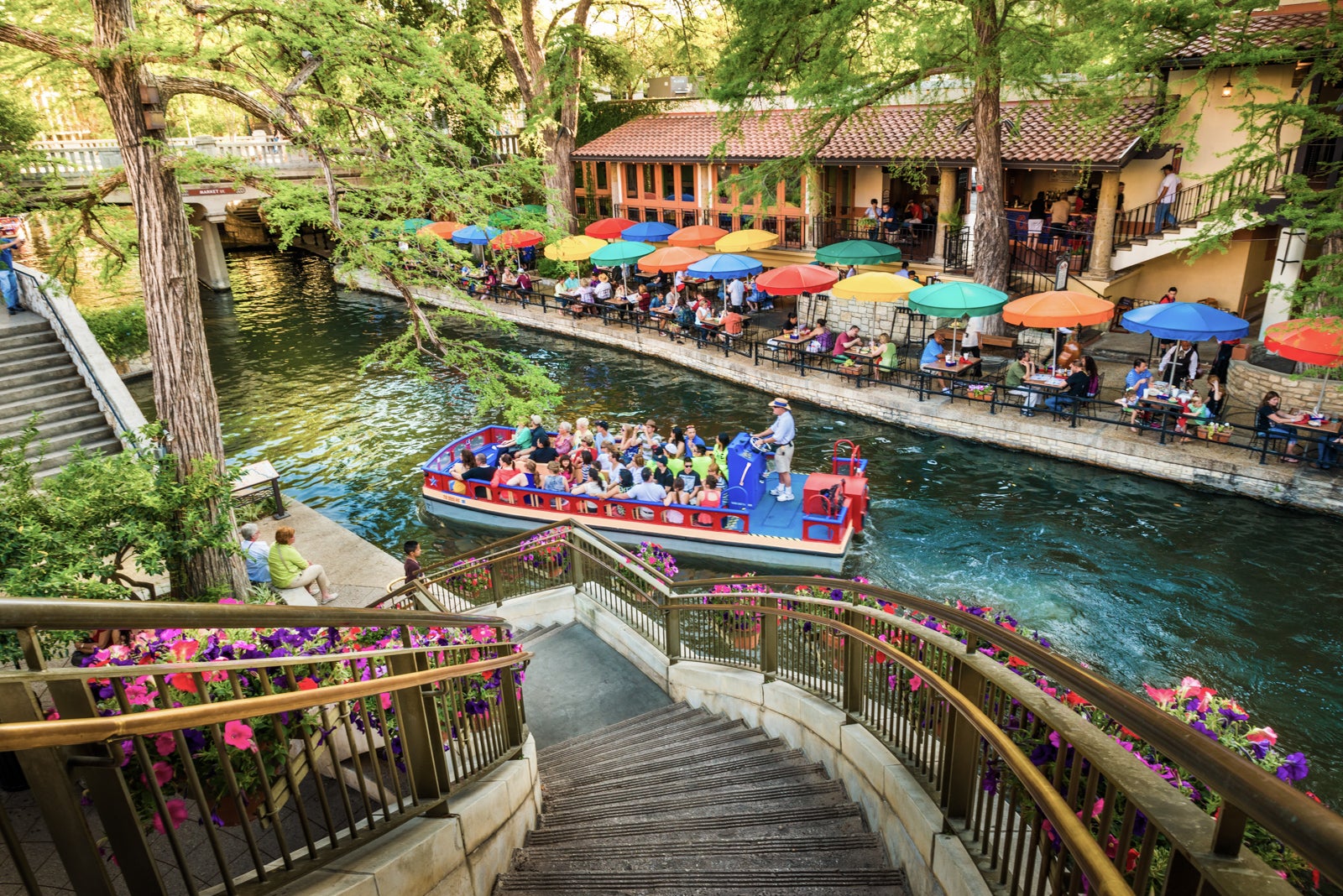
While the city is known for its Hispanic heritage, San Antonio is permeated by African American culture, too. An enslaved African was first brought here in 1528 during the early period of Spanish exploration in the Americas, according to Prairie View A&M University. As a result, many Black Texans, including me (thanks to five generations of my father’s family calling the area home), are connected to the city on a historical level that spans centuries. Even if you don’t have personal ties to San Antonio, you’ll appreciate the city’s commitment to celebrating its Black community year-round.
What to do
There’s far more to do in San Antonio than just hanging out on the River Walk. Martin Luther King Park is home to “Spheres of Reflection,” a statue designed by local artist Kaldric Dow that you’ll want to check out, as it highlights words used repeatedly by the late Rev. Martin Luther King Jr.
The Witte Museum, the oldest museum in Texas, has an exhibit that features artifacts spotlighting the all-too-often hidden Black Faces of the Wild West. There’s also the Carver Community Cultural Center, which celebrates the diverse cultures of the world by emphasizing African and African American heritage through artistic presentations, community outreach activities and educational programs.
Where to stay
San Antonio is home to a variety of chain, independent and boutique hotels. One of the newest is the Thompson San Antonio, which is away from the main River Walk area but is still easily accessible. Historic Hotel Emma at The Pearl, a strong culinary and cultural community near downtown, is another solid option, especially if you prefer boutique properties with special details you might not find elsewhere, such as welcome margaritas and in-room “ice boxes” (minifridges) stocked with locally made snacks and drinks, some complimentary and some with an added charge.
What to eat and drink
As a UNESCO Creative City of Gastronomy, San Antonio sees all cultures playing out in its restaurants. Go to Tony G’s Soul Food on the east side of the city to indulge in a hearty breakfast or lunch of Southern staples. Or, make your way to Biga on the Banks by the River Walk for new American dishes like chicken-fried oysters and Axis venison covered in a blend of 11 spices. For French food that will have you feeling like you’ve somehow made your way to Paris, go to Brasserie Mon Chou Chou in The Pearl and order the raclette appetizer and Le Steak, a New York strip cooked to perfection and served with frites.
